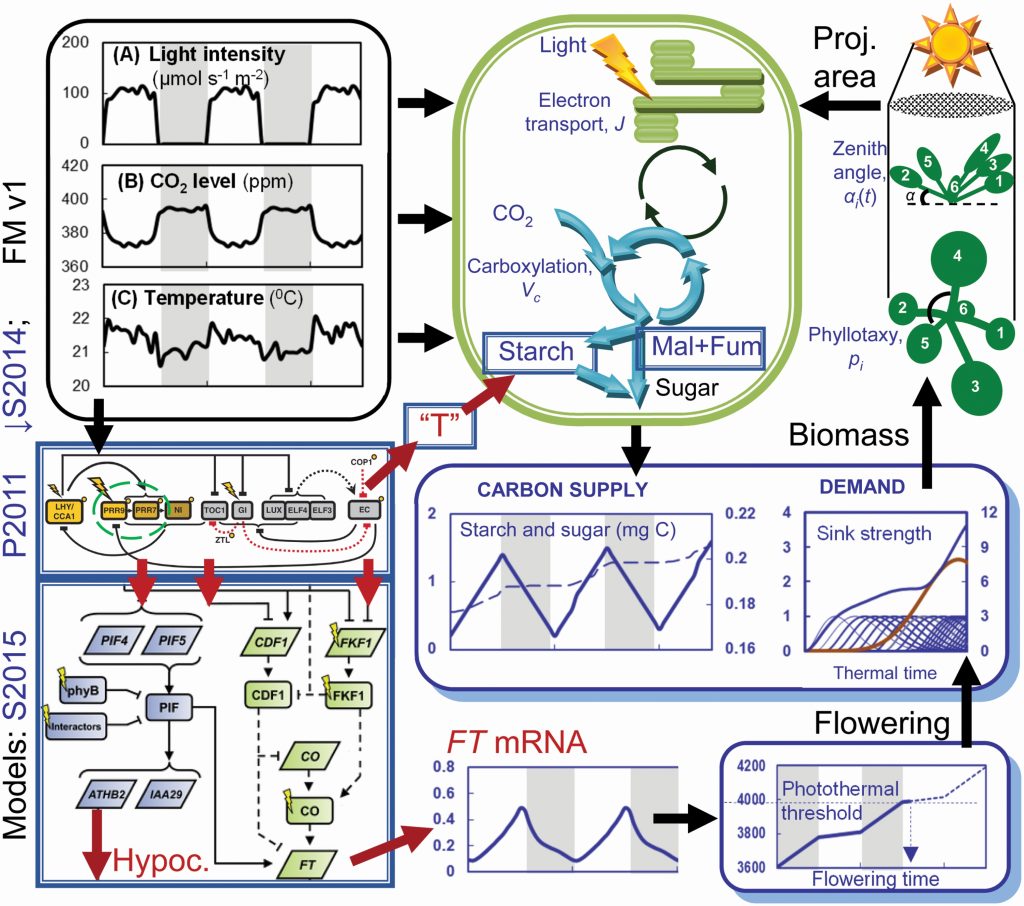
Arabidopsis Framework Model version 2 predicts the effects of circadian clock misregulation
Plant Science Research WeeklyExperimental or "wet lab" biologists look at data, develop a hypothesis to explain it, test the hypothesis, and repeat. Through these approaches, our understanding of life is continually being expanded and refined. A complementary approach involves developing mathematical models to explain observations,…

Systems approaches reveal that ABCB and PIN proteins mediate co-dependent auxin efflux (Plant Cell)
Plant Science Research WeeklyIn plant development, advanced computer model simulations allow the understanding of the non-intuitive relations between local morphogenetic processes and global patterning. In Arabidopsis thaliana, the hormone auxin is involved in several processes of plant development. Auxin transporters play an important…

Keeping an “i-on” chloroplast gene expression
The Plant Cell: In a NutshellDeTar et al. examined whether disruption of ion homeostasis affects plastid gene expression and chloroplast development.
Rachael Ann DeTar and Hans-Henning Kunz both at School of Biological Sciences at Washington State University & Plant Biochemistry at LMU Munich
Background: Proteins that…
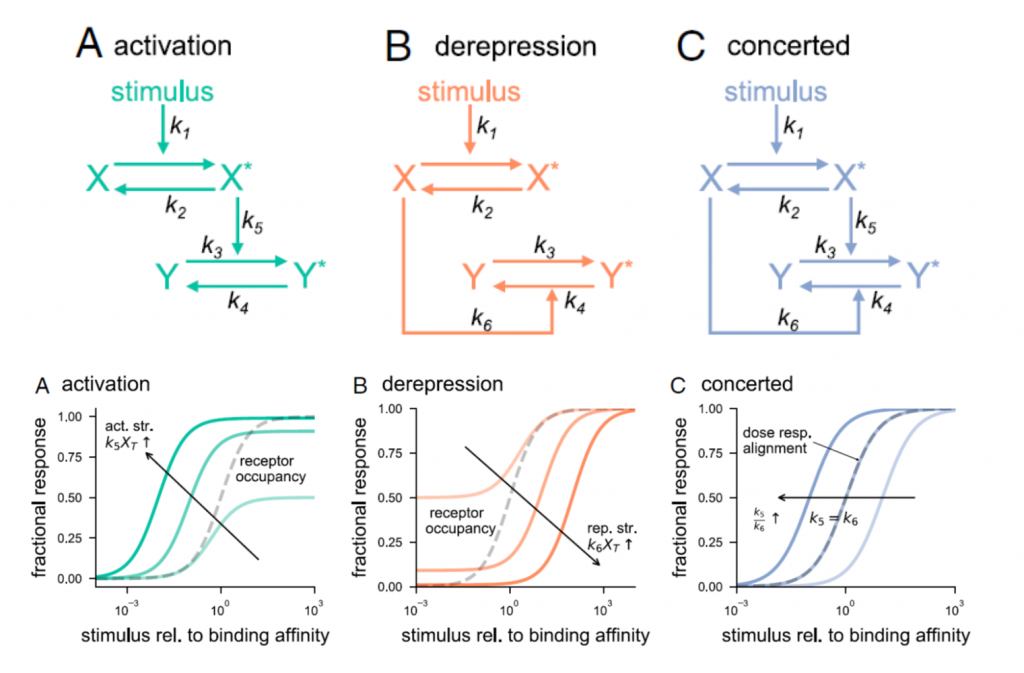
Molecular switch architecture determines response properties of signaling pathways (PNAS)
Plant Science Research WeeklyGenetic studies have provided us with countless examples of regulatory switches that transduce a signal into a response. Mutant analysis is usually sufficient to identify these controlling elements, but often in an all-or-nothing way. Here, Ghusinga et al. have taken a theoretical kinetic approach to…

Nutrient dose-responsive transcriptome changes driven by Michaelis–Menten kinetics underlie plant growth rates (PNAS)
Plant Science Research WeeklyPlants can increase their growth and biomass proportionately to an increase in nutrient dose and, conversely, their growth is limited by limiting nutrients. In this study, Swift et al. explored the molecular underpinnings of the nutrient dose-response phenomenon. The authors first show that nitrogen-dose…
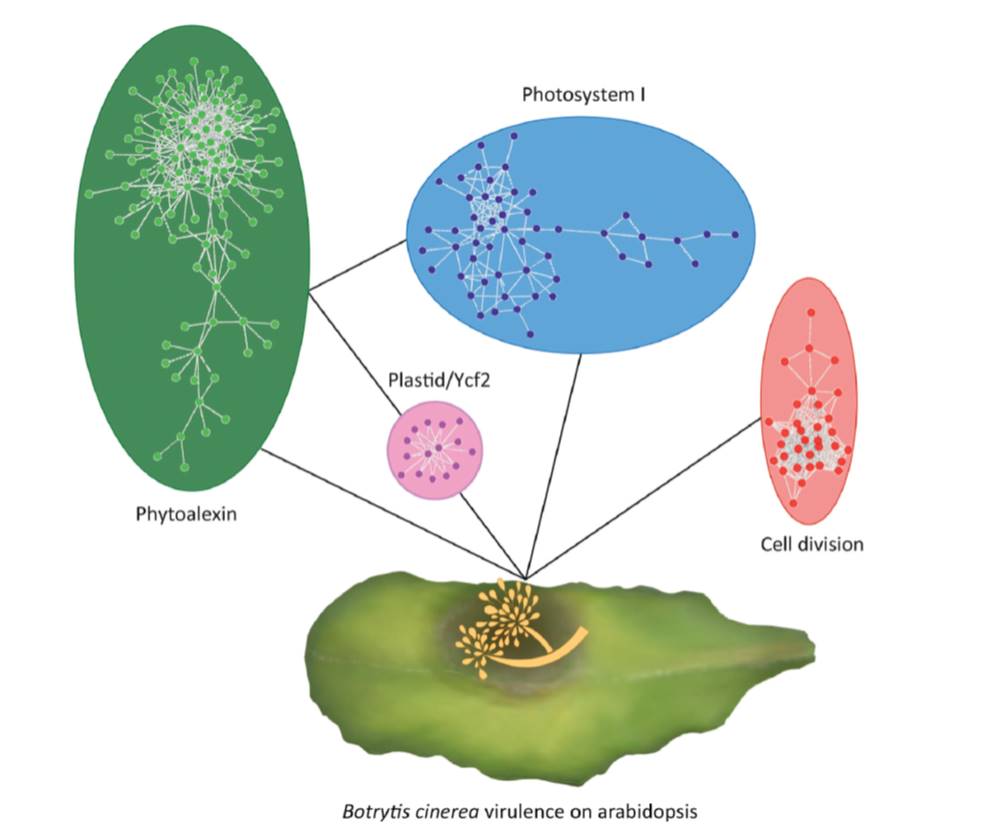
Review: Plant networks as traits and hypotheses: Moving beyond description ($) (TIPS)
Plant Science Research WeeklyIn Star Wars Episode 2, Obi Wan identifies the location of a missing planet by walking through a 3D projection of the galaxy. I’ve always hoped that if we obtain enough data and figure out how to display it properly, we’ll “see” what parts are out of place or missing. But getting from simple…

Review: Combinatorial nutrient stresses reveal emergent properties ($) (TIPS)
Plant Science Research WeeklyPlants require at least 14 mineral nutrients to complete their life cycle. These mineral nutrients are unevenly distributed within the soil, and plants have evolved physiological adaptations (changes in root growth, exudation, symbiotic relationships with soil organisms, etc.). to address these nutrient…
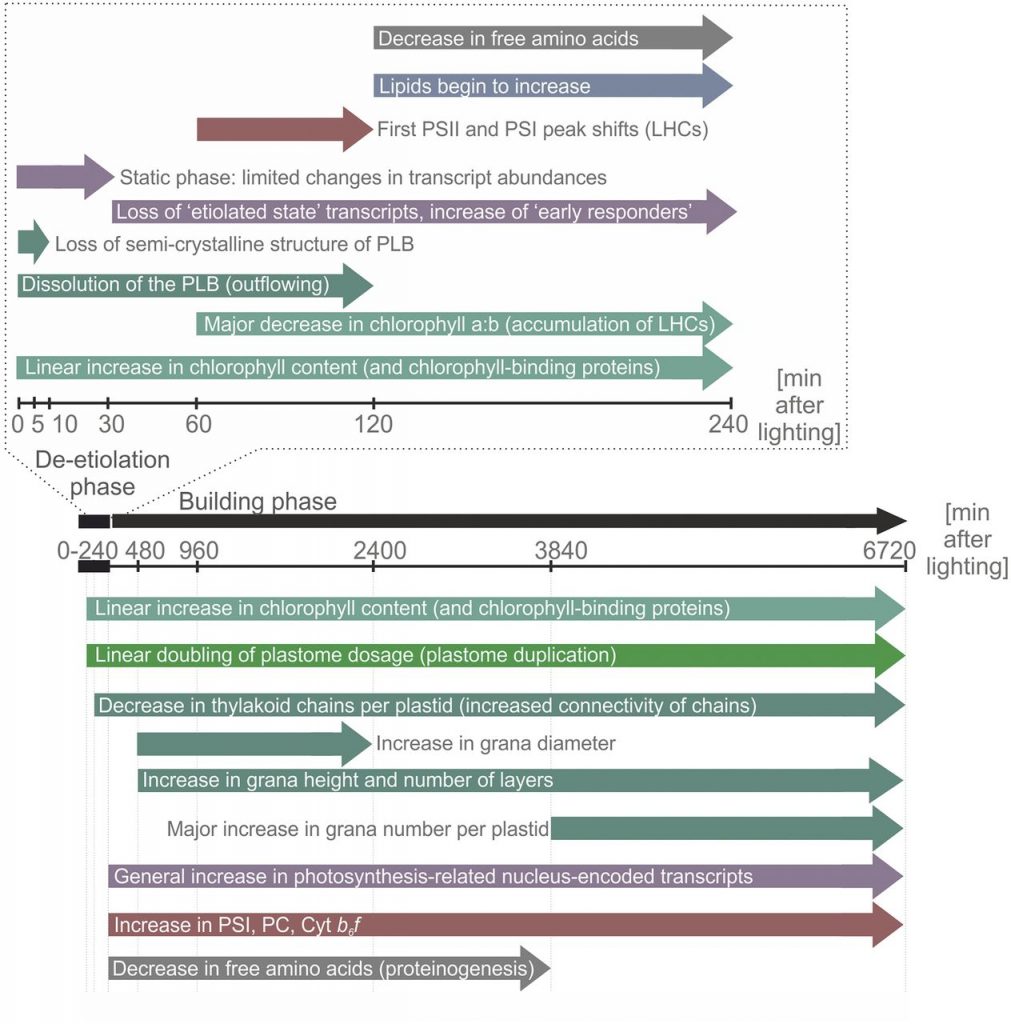
Systems Biology of Deetiolation
Plant Physiology, Plant Physiology: On The InsideUpon exposure to light, many leaf and stem cells acquire photosynthetic competence by converting pale etioplasts into green chloroplasts. Deetiolation involves the concerted and synchronized activity of a highly complex biogenesis program. Thylakoid membranes must develop from disassembling prolamellar…
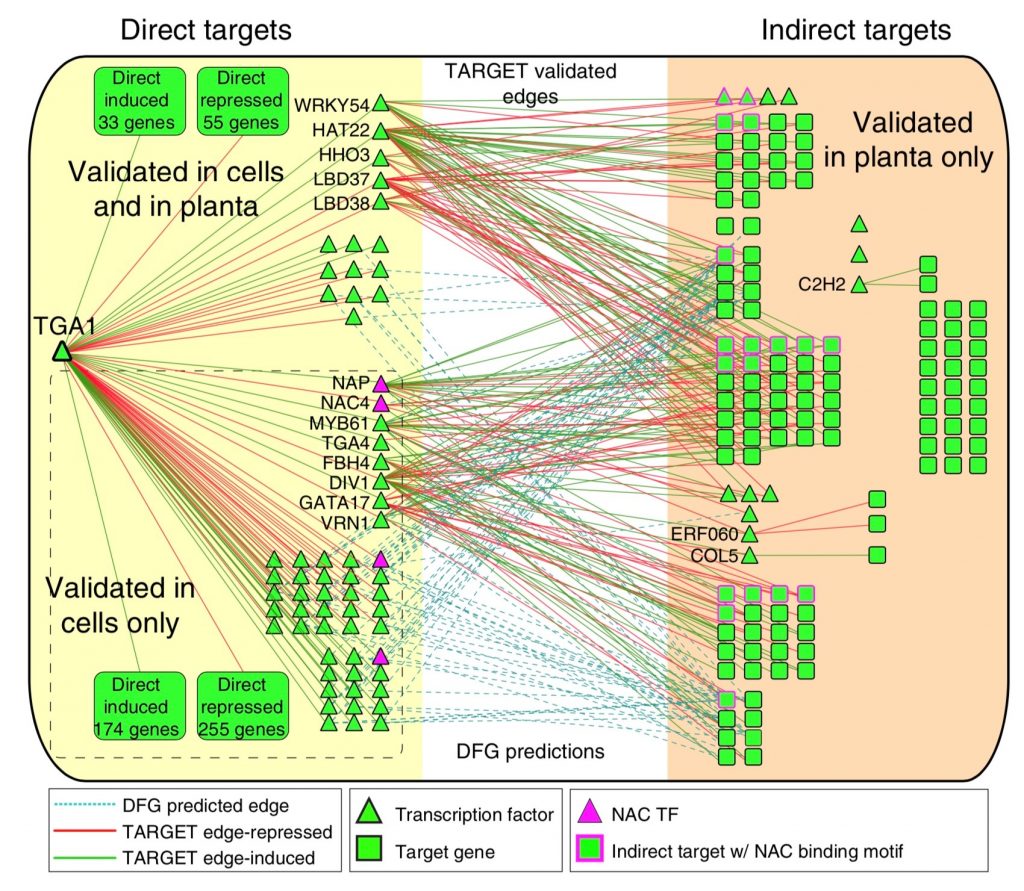
Network paths for nitrogen response in Arabidopsis (Nature Comms)
Plant Science Research WeeklyA goal of systems biology is to study how transcription factors participate in gene regulatory networks (GRN) underlying biological processes. In a recent report, Brooks et al. used network science to uncover how transcription factors mediate the early response to nitrogen (N). Authors identified the…

